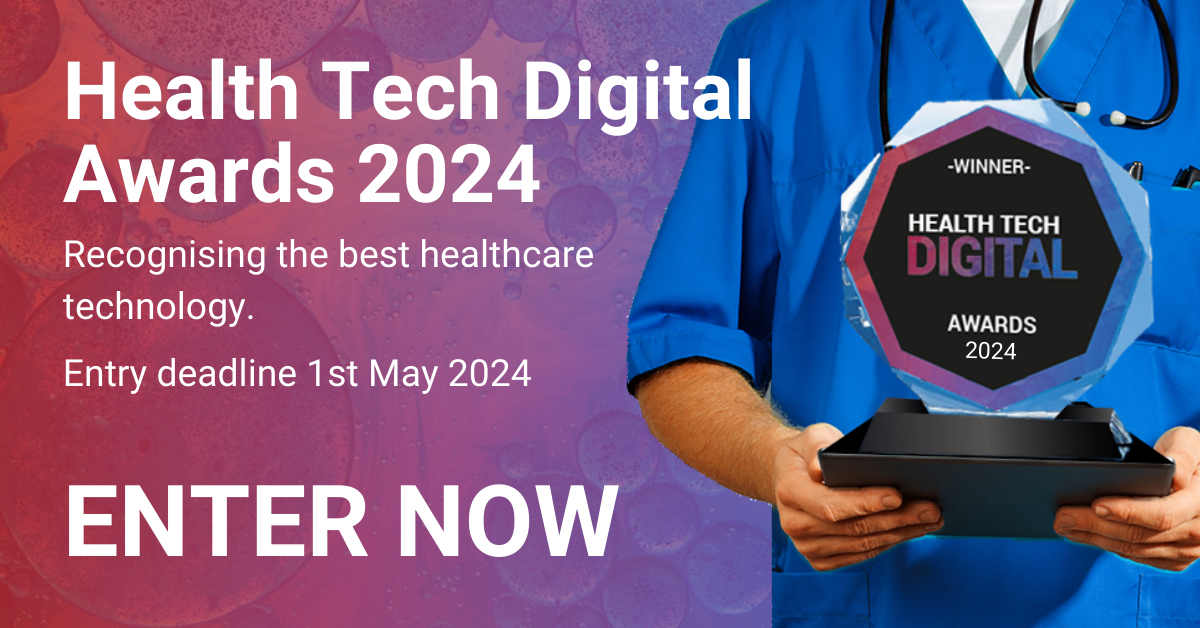
With the government target on EPR adoption focusing the minds of Trust executives across the NHS, questions arise once again on how digital transformation can be achieved in a way that is going to deliver benefits to patients and clinical staff today – not in five years’ time.
While every Trust would love to be able to afford the cost of a large scale, tier 1 EPR – and the commensurate time to implement such a system – for smaller Trusts and those further behind on the digital adoption scale, this simply isn’t a realistic approach.
These Trusts need to be able to maximise the investments they have already made (be that in PAS or specific elements of digital capability) and augment them through digital workflow improvements that will make a difference today. As Jonathan Elliott, Managing Director, Epro explains, one size does not fit all; it is only by taking a best of breed approach that Trusts will be able to achieve digital transformation whilst meeting urgent clinical and patient needs and laying the foundation for continual improvement.
Empowering Digital Laggards
After years of celebrating the digital innovators, the NHS is now firmly focused on ensuring the digitally less mature Trusts – Group Zero – accelerate their digital transformation. With investment available and a target to achieve the minimum digital foundation (MDF) standard by the end of 2023, these Trusts are being encouraged to invest in Tier 1 EPR solutions.
Yet facing a buying cycle lasting two to three years, followed by a very extensive change management programme, as well as technology implementation, these Trusts are looking at years and years of upheaval before any tangible benefits are attained. By the time these Trusts have achieved HIMSS level 5, the goalposts will have changed – along with the technology landscape.
And what happens in the meantime? With Trusts reporting vacancy rates in excess of 50% in some departments, the need is for immediate solutions that deliver real value today.
Immediate Need
Given a clean slate, consolidating on a single EPR is highly appealing, offering the chance to reduce complexity, cut costs and improve data sharing. However, that is not the case. Even the least digitally mature Trusts have invested in technology that works and offers tangible value to clinicians and patients. Are those systems to be discarded? While there are many legacy solutions that do not have a place in a digitally enabled NHS, careful thought is required before embarking upon a multi-million-pound investment in an EPR. Does this investment meet the Trust’s key priorities for digital transformation? How quickly will it address the key issues facing the organisation – such as three-week delays in processing outpatient correspondence? And, critically, when will clinicians gain access to the patient information they require to meet their increasing challenges and escalate the speed with which patients access care?
There is no doubt that technology convergence is a priority. With some Trusts supporting hundreds of solutions, many long overdue sunsetting, the current model is not sustainable. However, there is no one single solution; even the Tier 1 EPRs cannot deliver the entire needs of a Trust. In addition to obvious technical flaws – such as a lack of robust mobile solution or inadequate speech recognition technology – these solutions need to integrate with a raft of core clinical solutions already in use. They also need to reach out from the acute environment, creating a seamless, end to end information flow into primary and social care.
Interoperability Priority
Irrespective of digital maturity, no Trust will be able to consolidate to just one system – interoperability is, therefore, a must. Suppliers must build on the established standards, including HL7 and FHIR, to deliver the rapid access to patient data that underpins the NHS long term digital vision. With a commitment to achieving interoperability across systems, successful digital transformation can be achieved in bite sized chunks that deliver fast, incremental value.
With this approach, Trusts can leverage proven, best of breed solutions to achieve both a fast Return on Investment (ROI) and essential change at a clinical level. They can also identify and adopt solutions that have been designed specifically to support NHS clinical workflows, delivering the usability and speed of access to information that is critical to rapid user adoption and improvements to patient care.
Integrating speech recognition, for example, can rapidly address the backlog in outpatient clinical correspondence that is leaving GPs and patients waiting many weeks to receive post consultation information and referrals. Using speech recognition and digital dictation to automatically populate forms, medical secretaries need only to rapidly check the information prior to distributing it to the GP and patient, radically speeding up the process, improving the patient experience and eradicating the additional demands created by patients chasing secretaries for information.
With interoperable solutions integrated into the existing acute and primary care systems, the entire process becomes seamless, with end-to-end data flow and efficient, automated workflows ensuring both clinicians have access to the information required and patients receive care more quickly.
Conclusion
No single solution can solve every problem facing a Trust. And no Trust is the same. An inner-city Trust will have different challenges to one in a rural location. Every organisation is at a different level of digital maturity; each will have prioritised different areas of clinical and administrative investment. Add in the extensive change management and the different contractual terms applying to legacy solutions, and it becomes clear that applying a single model across the board is simply not practical – certainly not within a short timeline.
The pressure is on to accelerate digital transformation throughout the NHS, especially within Group Zero. But it is also vital that any investment delivers rapid, visible improvements to both clinicians and patients. Large, organisation-wide transformation projects are resource intensive, expensive and disruptive – is this a viable approach at a time when the NHS is facing record waiting lists and significant lack of skills in all areas?
Time is limited. Digitally immature trusts need a different approach to cut through the complexity and get started on their journey to HL5 and beyond, including easy migration to web based and cloud technologies that is fundamental for integration and long-term scalability. They need achievable, affordable, proven digital solutions that can deliver frontline change very quickly, with minimal investment and disruption.
One size does not fit all – not today or in the future. Integrating best of breed solutions that reflect the specific priorities of each Trust will drive benefits for both patients and staff, while maximising the value of existing IT investments and creating a strong foundation for the long-term vision of connected health and social care.













